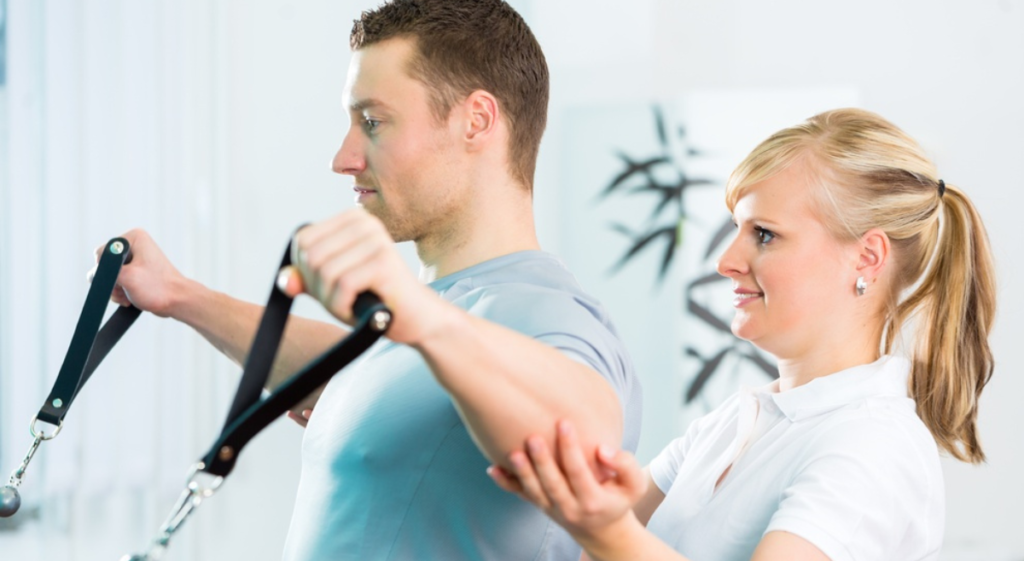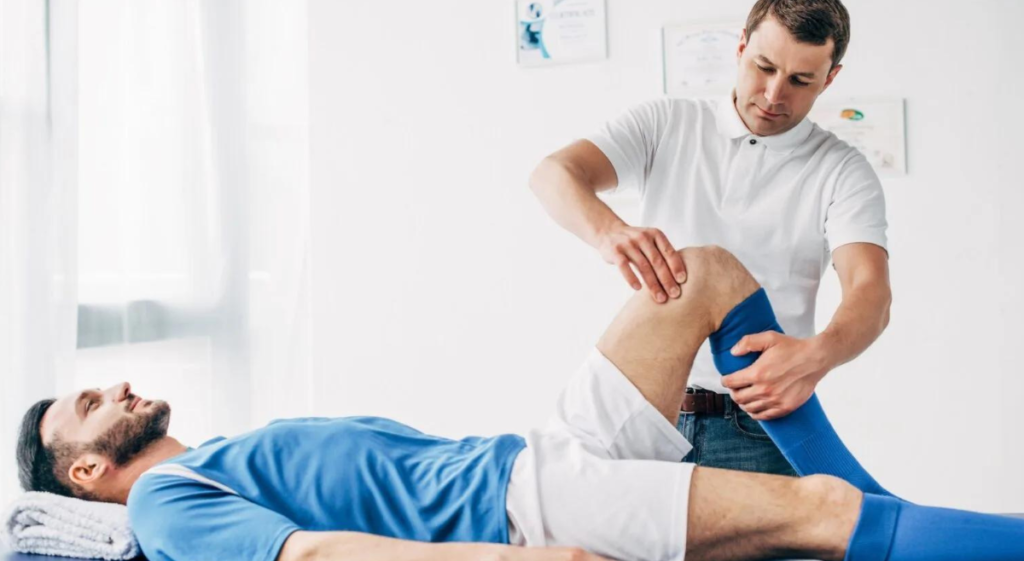Your body is dependent on two critical systems that keep you active and mobile: the cardiovascular system and the musculoskeletal system. While the cardiovascular system runs from your heart to your arteries and veins, the musculoskeletal system is composed of your bones, muscles, tendons, ligaments, joints, and connective tissue. The musculoskeletal system is equally important, and any damage to it can severely affect your daily activities, whether it’s due to an accident, sports injury, or overuse.
The musculoskeletal system plays a critical role in our everyday movements and activities. However, when this system experiences damage or injury, it can severely impact our daily functioning. Fortunately, orthopedic rehabilitation can provide a quick and effective solution to such problems. This specialized branch of medicine is dedicated to diagnosing and treating musculoskeletal injuries, including arthritis, ligament sprains, and tears, as well as shoulder, knee, back, and neck pain. Additionally, it can also aid in the post-operative recovery of orthopedic surgery patients. With Orthopedic physical therapy, patients can experience a faster and fuller recovery and enjoy overall improved well-being.
Benefits of Orthopedic Rehabilitation
The main objective of orthopedic rehabilitation is to alleviate your discomfort, enhance joint mobility, and strengthen your muscles. In essence, your physical therapist will collaborate with you to enable you to return to your everyday life comfortably without any pain from an injury or chronic condition that impairs your mobility, such as carpal tunnel syndrome. Orthopedic rehabilitation is also preventive in nature. By participating in the Orthopedic Rehabilitation programs, you will acquire knowledge on how to prevent additional injuries or muscle and joint damage by learning the correct way to move your body to keep it safe. Physical therapists use a range of treatment modalities, including:
Exercise:
One effective tool your physical therapist can use to help you is an individualized Orthopedic Rehabilitation exercises program targeting specific joints, muscles, or other musculoskeletal elements. The goal is to reduce pain, improve mobility, and increase muscle strength. Your physical therapist will guide you through the exercises in their office or clinic and provide instructions on how to do the exercises on your own at home. It’s important to communicate with your physical therapist and let them know if the exercises are causing significant pain or if you’re unsure of how to do them. This way, they can adjust the program to ensure your comfort while still achieving the intended results.
Manual Manipulation:
It is a treatment technique used by physical therapists in Orthopedic rehabilitation centers to improve mobility and reduce pain. This technique involves the manual manipulation of muscles, ligaments, and joints to break up scar tissue and increase flexibility. It is often used to treat both injured and stiff joints. Your physical therapist will use their hands to apply pressure to specific areas, targeting problem areas to alleviate pain and restore range of motion. By receiving manual manipulation from a physical therapist, patients can improve their overall physical function and quality of life.

Hot/cold Therapy:
It is a treatment that involves applying heat or cold to the affected area to reduce pain and swelling in an injured joint. Your Orthopedic sports rehabilitation therapist may recommend using hot and cold therapy at home, as it can also prevent further muscle damage. Ice packs are typically used for the first 48 to 72 hours after an injury to reduce swelling, while heat therapy can be used after the swelling has gone down to increase blood flow and promote healing. Your physical therapist will provide specific instructions on how to use hot/cold therapy safely and effectively.
Electrical Stimulation:
It is another treatment modality used in Orthopedic injury rehabilitation. It involves using electrical impulses to stimulate nerves and muscles. There are two types of electrical stimulation techniques that can be used as part of physical therapy. The first is Transcutaneous electrical nerve stimulation (TENS), which works by blocking pain signals in the brain. The second technique is neuromuscular electrical stimulation (NMES), which involves using electrical impulses to cause muscles to contract. This technique aims to improve blood flow to the injured muscle, aiding in its healing. Your physical therapist may use one or both of these techniques as part of your treatment plan.
Conclusion
Post-surgical orthopedic rehabilitation can be a highly effective method of treatment for repairing damaged ligaments or joints and getting back to a normal, active lifestyle. It is often the first line of treatment for injuries and conditions affecting the musculoskeletal system and can even sometimes replace the need for surgery. In cases where surgery is necessary, orthopedic rehabilitation can help with post-surgery recovery by increasing strength and mobility. With the guidance of a physical therapist, patients can benefit from exercises designed to reduce pain, improve mobility, and build muscle strength. Other techniques such as manual manipulation, hot/cold therapy, and electrical stimulation can also be used to promote healing. By taking part in orthopedic rehabilitation, patients can prevent further damage and learn how to move properly to keep their bodies safe from future injuries. Ultimately, the major importance of Orthopedic Rehabilitation is the improvement in quality of life that comes with reduced pain and increased mobility.
Frequently Asked Questions
1. Can Orthopedic Rehabilitation Prevent Surgery?
Orthopedic rehabilitation can often replace surgery if treatment is sought quickly and followed as guided. However, if surgery is necessary, orthopedic physical therapy following the procedure can help in faster recovery.
2. Who Needs Orthopedic Rehabilitation?
Orthopedic rehabilitation may be recommended for individuals who have experienced musculoskeletal injuries or conditions such as arthritis, back pain, neck pain, knee pain, or shoulder pain. It may also be prescribed for those recovering from orthopedic surgery. A doctor or physical therapist can help determine if orthopedic rehabilitation is the right course of treatment for a particular individual.
We are India’s first comprehensive continuum care provider. We provide multidisciplinary out of hospital care to acute and post-acute and chronically ill patients at our critical care facilities and your home.

